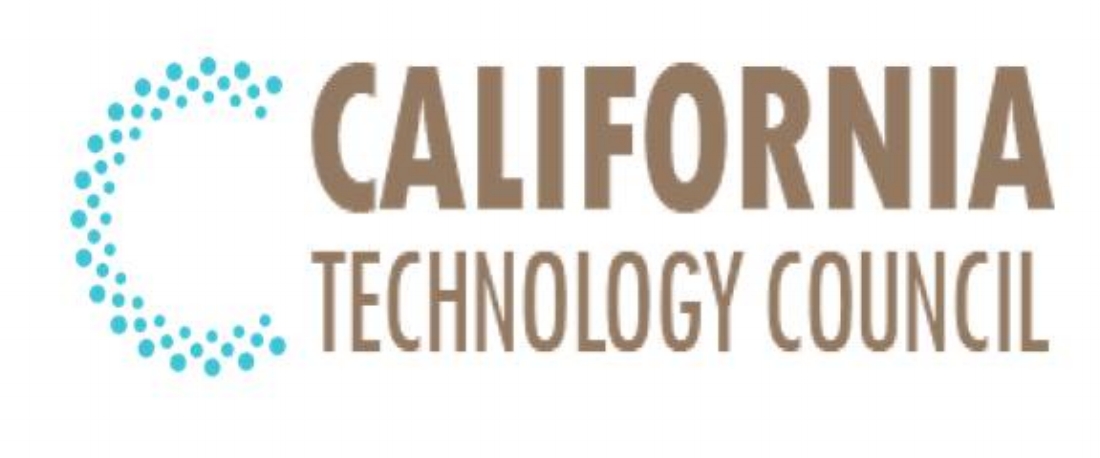by Matt Gardner, CEO, California Technology Council
Information on the Trump Administration’s senior-most science policy positions remains scant, but thanks to the budget dialogue, some positions have been brought into preliminary focus.
Analysis by the American Association for the Advancement of Science identifies science spending cuts at agencies including the Environmental Protection Agency, National Oceanic and Atmospheric Administration, and even Department of Energy programs, such as The Advanced Research Projects Agency-Energy and Energy Efficiency and Renewable Energy, among others.
This preliminary budget seems, based on American Association for the Advancement of Science review, to shift focus to defense-related science and technology spending, and nuclear energy scientific spending (within the National Nuclear Security Administration programs of the Department of Energy).
Though it is still early, the Trump Administration has opportunities to make generational leaps in American research and development. These five big ideas in applications could propel both American industry and ingenuity, creating opportunities for entrepreneurs in emerging markets with wide open potential.
1) Establish a Secretary of Science. Why do agencies such as NASA, National Institute of Standards and Technology, and National Science Foundation operate independently? Not only can the nation’s scientific effort be brought together for more seamless direction in scientific priorities, such a move could create tremendous economy of scale in the underlying administrative investments required to run these agencies. At present, functions like human resources and communications are built in each independent agency and could be brought together to create savings, while those dollars can be reinvested in the nation’s scientific challenges. When new direction comes from any administration, having a true cabinet-level agency directing such major initiatives as a national challenge for novel ideas in energy independence (see #5 below), it can be directed from a single point of contact.
2) Create a fifth military academy in cybersecurity. Though this is not a new idea and has been written about by others, it is high time the United States elevated its investment in the people and infrastructure to reflect cybersecurity as a top priority. Just as with the existing academies, a commitment by the government in this kind of publicly funded education can be accompanied by the strings of public service. The talent pipeline is short and the need is acute. A new military academy can improve the supply of sharp minds for the agencies that need them most. Following their public service, whether military or civilian, those personnel can be assured of remaining in high demand in the private sector.
3) Set a national priority for investment in the Internet of Things for Smart Places, Cities, and States. The implementation of Smart Cities is uneven across the United States. The opportunity exists for the Trump Administration to use the government to create demand for technology and solutions in this space, and to ensure that a new kind of digital divide is prevented by an uneven distribution that only benefits the wealthiest, big-budget cities or states. Challenges, block grants, linkages to education, commerce, transportation, and other Federal tools could all be used to spur wide implementation of super-connected systems.
4) Make the leap in both adoption and clear but open rules for autonomous vehicles. The Federal Aviation Administration is working through a process for unmanned aerial vehicles. However, implementation of passenger and freight transportation on roads and waterways across the United States is a patchwork of regulations at best. The technology frontier is often slightly ahead of the policy frontier. This is an area where the technology and systems integration exists today for greater deployment of systems to benefit everything from agriculture to trade. The rules of the game need to be clear, and the platforms need to be safe for consumers, passengers, and everyone else. This is a field in need of national attention.
5) Cogenerate everywhere. Do you have the audacity to eat? Use water? Or even sometimes drink milk or mow your lawn? Decades from now, humanity may wonder why anything was ever thrown away. From municipal solid waste to food processing byproducts, and from manure to crop residue, the American economy already generates a tremendous amount of waste with high potential to be captured. We are poised to make a national investment in the infrastructure to capture these lost energy sources at every waste facility to every farming co-op in every corner of the country. These processes also need further research on optimization, capture techniques, and conversion methods.
This is by no means a thorough list of every undertaking the Trump Administration should consider in science and technology, from basic research to application. The Cancer Moonshot, for example, is just one area where updates to the “War on Cancer” established more than four decades ago was both worthy and in need of new direction to reflect advances in science.

